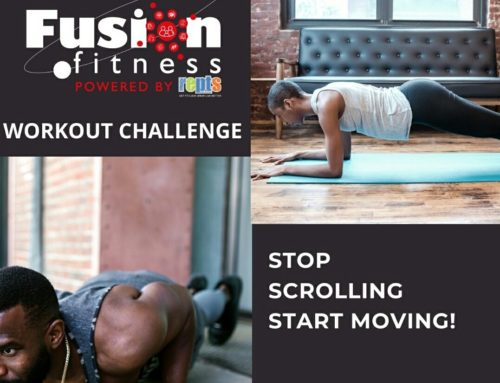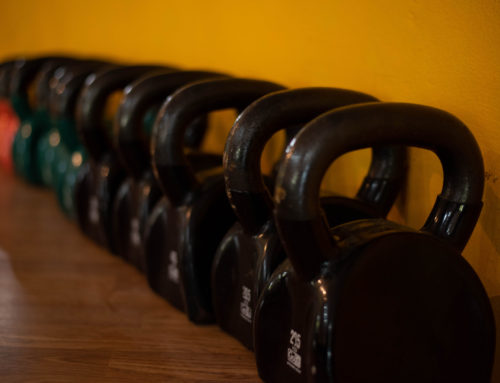When it comes to fitness, many myths prevail. Here’s what you need to know about the five more common ones:
- You can use spot reduction techniques to trim fat from specific areas of your body. Sorry, this is just too good to be true. Your body burns fat in genetically predetermined patterns that are totally unrelated to your exercise regimen. So no matter how many crunches or triceps kickbacks you do, the excess body fat in your abdomen or upper arms may not budge.
- Muscle magically turns into fat if you stop exercising. Muscle does not turn to fat. Nor, for that matter, does fat turn to muscle; the two are comprised of completely different cells. However, it’s easy to understand the “use it or lose it” roots of this myth: If you let go of your exercise regimen, your muscles may atrophy; as a result, you’re likely to gain some body fat.
- Sweating = weight loss. Sweating regulates your body temperature: As the water you’re releasing evaporates from your skin, it creates a cooling effect. It’s a wholly unrelated process from weight loss — especially fat loss. Though heavy sweating may result in temporary weight loss, you’ll reclaim that weight after a few glasses of water.
- Cardio workouts are the best weight-loss bet. Hamster-on-the-wheel workouts are really not that efficient. Instead, consider higher intensity intervals to crank up the calorie burn in less time. Another terrific option is cross-training that includes cardio-esque bodyweight moves like jumping jacks and squat thrusts. Or trade in your boring hour on the treadmill for a fun 20 minutes of soccer, volleyball or basketball.
- Setting the equipment to “fat burning zone” will generate better results. Nope. The concept behind these machines’ fat burning zones is that you will burn more fat calories by staying at a targeted low intensity. The truth: You’ll burn more calories in total — and more calories from fat — with a higher intensity workout.
These are our top five fitness myths. What are some of your favorites?






